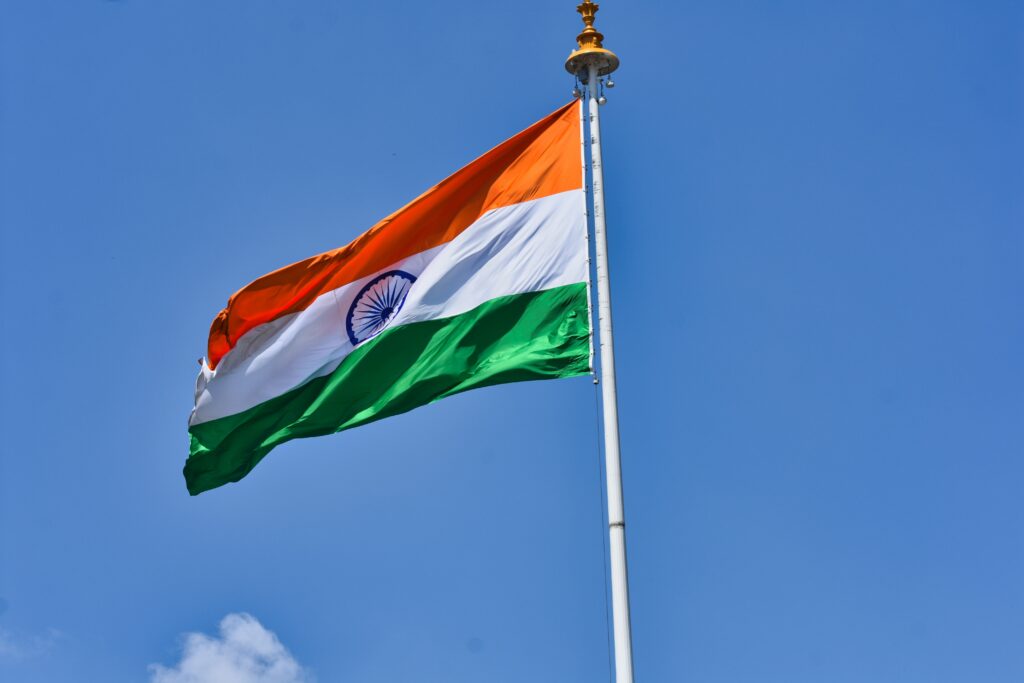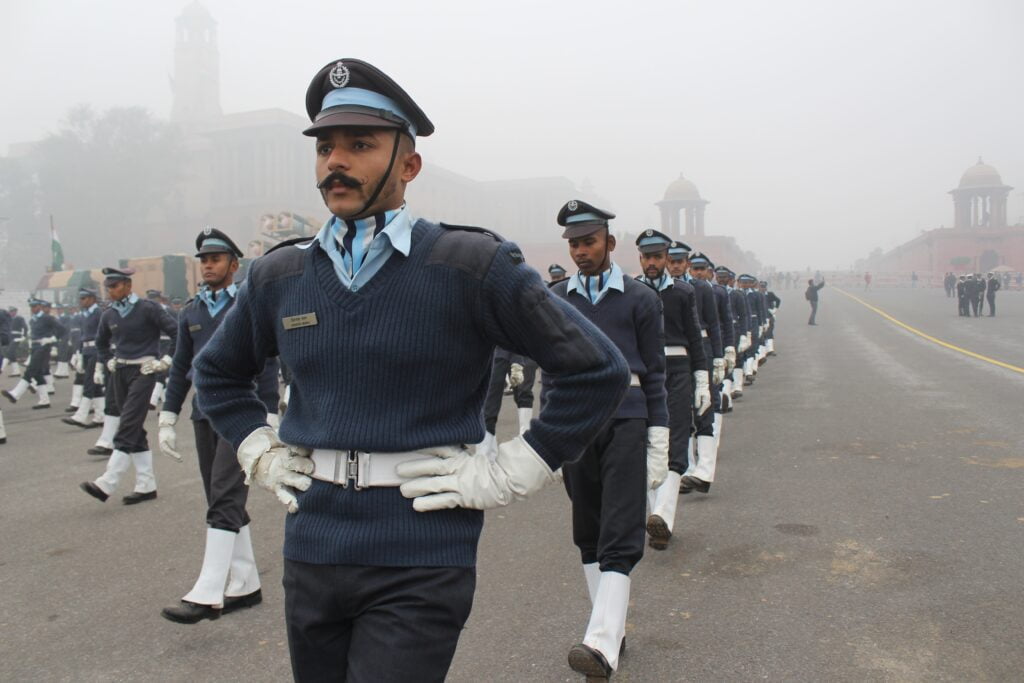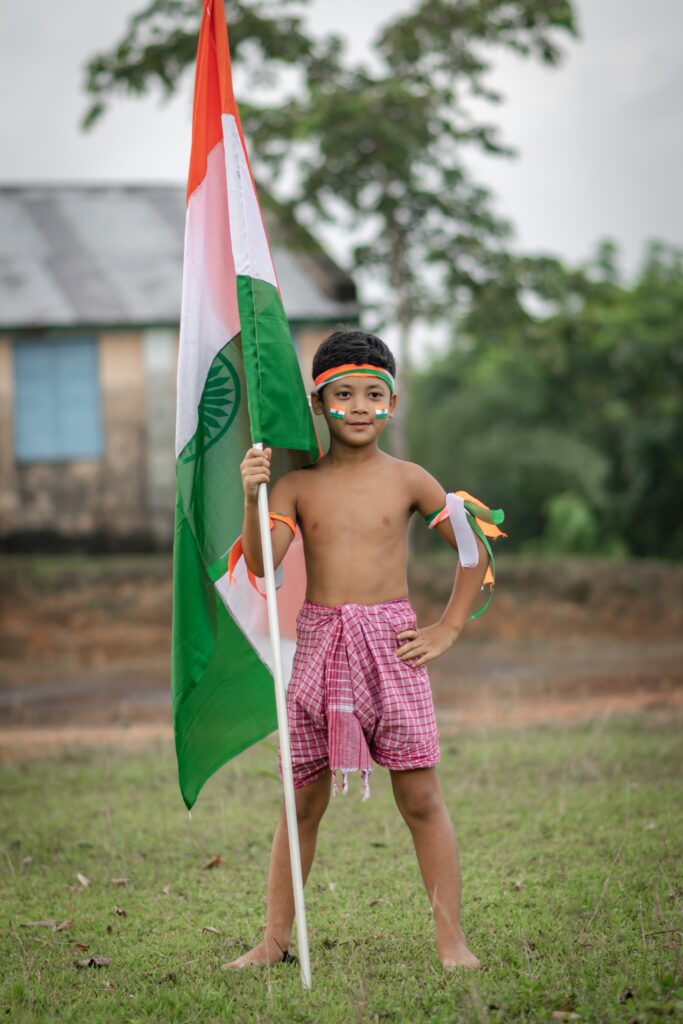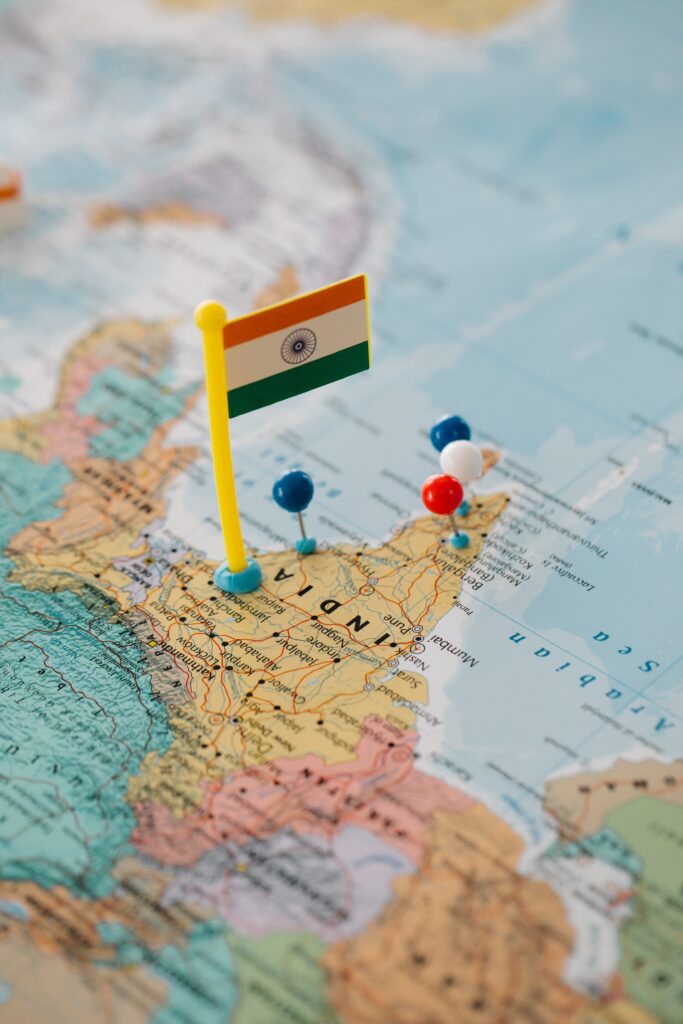Introduction: The significance of Republic Day
The Republic Day of India is celebrated every year on January 26th to commemorate the day on which the Constitution of India came into effect. This day marks the transition of India from a British colony to a republic in 1950. It is a day of national pride and celebration for all Indians.
On this day, India will mark the 74th anniversary of becoming a republic and a Sovereign, Socialist, Secular, Democratic Republic. In the lead up to Republic Day 2023, there will be a number of events and activities, including parades and cultural exhibitions in cities across the country, to commemorate India’s democracy and the contribution of its citizens in building a strong and unified nation. Furthermore, the Government of India is likely to announce special initiatives to mark the 74th anniversary of the Republic Day, such as scholarships, social welfare schemes, and government jobs for the youth of the country.
All in all, Republic Day 2023 will be an opportunity for India to honour its past, celebrate its achievements, and look forward to a brighter future.
The Constitution of India was adopted by the Constituent Assembly on November 26, 1949 and came into effect on January 26, 1950. It is the supreme law of the country and lays down the framework for the government and the fundamental rights of citizens.
The main event of Republic Day is the grand parade that takes place in the capital city of New Delhi. The parade starts from the Rashtrapati Bhavan and proceeds towards the India Gate. It is a spectacular display of India’s cultural and military heritage, with floats representing different states and cultural groups, as well as a display of military hardware and a fly-past by the Indian Air Force.
The President of India, who is also the Chief Guest of the parade, unfurls the national flag and the national anthem is played. 21 gun salutes are fired in honor of the occasion. The parade ends with a display of colourful floats depicting different aspects of Indian culture and society.
In addition to the parade, there are also other celebrations and events that take place across the country to mark the occasion. Schools and colleges hold special assemblies and cultural programs, while government buildings and monuments are decorated with the national flag.
In recent years, the government has made an effort to make the celebrations more inclusive and to highlight the contributions of different sections of society. For example, the parade now includes a tableau representing the transgender community and a float representing the differently-abled.
Apart from the grand parade, the Republic Day is also celebrated in the form of patriotic songs, speeches, cultural programs and competitions in schools and colleges. The day is also marked by the distribution of sweets, the hoisting of the national flag and the singing of the national anthem.
The Republic Day is a day to remember and celebrate the freedom and democracy that Indians enjoy today. It is a day to remember the sacrifices of the freedom fighters who fought to make India an independent nation. It is a day to celebrate the diversity and unity of the Indian people, and to reaffirm our commitment to building a strong and prosperous nation.
In conclusion, the Republic Day of India is a day of national pride and celebration. It marks the transition of India from a British colony to a republic in 1950. The main event of Republic Day is the grand parade that takes place in the capital city of New Delhi, but the day is also celebrated with patriotic songs, speeches, cultural programs and competitions in schools and colleges, and the hoisting of the national flag.
The day is a reminder of the sacrifices of the freedom fighters who fought to make India an independent nation, and to celebrate the diversity and unity of the Indian people, and to reaffirm our commitment to building a strong and prosperous nation.
The Constitution of India

The Constitution of India is the supreme law of the country and lays down the framework for the government and the fundamental rights of citizens. It was adopted by the Constituent Assembly on November 26, 1949 and came into effect on January 26, 1950, the day India officially became a republic.
The Constitution of India has a total of 448 articles and 12 schedules. It is divided into three parts: the preliminary, the main body, and the supplementary. The main body of the Constitution consists of 25 parts and 12 schedules.
The Constitution of India establishes the framework for a federal system of government, with a separation of powers between the executive, legislative, and judicial branches. It lays out the structure of the national government, including the office of the President and the Prime Minister, as well as the powers and responsibilities of the states and union territories.
One of the most important aspects of the Constitution is the protection of fundamental rights of citizens. These rights include freedom of speech, religion, movement, and assembly; the right to equality before the law; and the right to education, among others. The Constitution also establishes the framework for the protection of minority rights, and the protection of certain groups such as scheduled castes and tribes.
The Constitution of India also provides for the establishment of a independent judiciary, which serves as an important check on the powers of the executive and legislative branches. The judiciary has the power to interpret the Constitution and to strike down laws that are in violation of the Constitution.
In addition to the fundamental rights and the structure of government, the Constitution also lays out the process for its own amendment and the powers of the Parliament to amend the Constitution.
In summary, The Constitution of India is the supreme law of the country and lays down the framework for the government and the fundamental rights of citizens. It establishes the structure of the national government, including the separation of powers between the executive, legislative and judicial branches, and the protection of fundamental rights of citizens.
It also provides for the establishment of a independent judiciary, which serves as an important check on the powers of the executive and legislative branches, and lays out the process for its own amendment.
The Grand Parade: Display of cultural and military heritage

The Grand Parade is the main event of Republic Day and is held in the capital city of New Delhi. The parade starts from the Rashtrapati Bhavan, the official residence of the President of India, and proceeds towards the India Gate. It is attended by dignitaries from various countries, and the President of India, who is also the Chief Guest of the parade, unfurls the national flag and the national anthem is played.
The parade features a display of India’s cultural and military heritage, with floats representing different states and cultural groups. The floats showcase the diverse cultural heritage of different states, depicting their unique customs, traditions, and folk art. Parade also includes a display of military hardware and a fly-past by the Indian Air Force and it culminates with a display of colorful floats depicting different aspects of Indian culture and society.
The parade also includes a march past by various contingents of the Indian Armed Forces and para-military forces, as well as a display of the country’s military might. The parade also includes floats from various government departments and cultural groups, highlighting the country’s achievements in different fields such as science and technology, agriculture, and education.
Every year in New Delhi, Republic Day is commemorated with a procession along Rajpath, also known as Kartavya Path, to honour the momentous occasion.
With 3,500 domestic UAVs, this year’s Republic Day parade of 2023 will include the largest drone display in India. During the “Beating the Retreat” ceremony, a 3D anamorphic projection will be organised. The drones will portray Indian start-up ecosystem and technical advancements in addition to national people and events. Botlabs Dynamics will be in charge of organising this event.
On Republic Day 2023, more than 1,200 performers will take the stage to display their skills and artistic mediums. There will be about 60,000 attendees, according to expectations. The Indian military will put on a horse show, a khukuri dance, a motorcycle display, an air warrior drill, a kalaripayattu performance, and a navy display.
Abdel Fattah Al Sisi, the president of Egypt, will be the main guest for Republic Day in 2023. Egypt will march with a troop of 120 people during the events.
From 6 p.m. on January 22 until the ending of the parade, traffic on Kartavya Path from Vijay Chowk to India Gate will be prohibited. From 11 p.m. until the conclusion of the Republic Day 2023 parade, cross traffic on Kartavya Path from Rafi Marg, Janpath, and Man Singh Road will also be prohibited.
Inclusivity in Celebrations
In recent years, the government of India has made efforts to make the Republic Day celebrations more inclusive and to highlight the contributions of different sections of society. This is reflected in the parade, where there are now floats representing the transgender community, differently-abled individuals and also the tribal communities.
The government also invites members of the public to participate in the parade, including school children, and cultural groups representing different states and communities. This is an effort to make the celebrations more inclusive and to give an opportunity to the public to be a part of the national event.
Celebrations Across the Country: A look at how Republic Day is celebrated

Republic Day is celebrated across India with great enthusiasm and patriotic fervor. In addition to the grand parade in New Delhi, there are also celebrations and events that take place in different parts of the country.
Schools and colleges hold special assemblies and cultural programs to mark the occasion. Students participate in patriotic songs, speeches, and cultural performances, and the national flag is hoisted and the national anthem is sung. Schools and colleges also organize patriotic quiz competitions, debates, and other activities to create awareness among the students about the significance of the day.
Government buildings and monuments are decorated with the national flag and illuminated at night to mark the occasion. Local governments also organize parades and cultural programs in their respective towns and cities.
Remembering the Freedom Fighters
Remembering the sacrifices of the freedom fighters who fought for India’s independence is an important aspect of Republic Day celebrations. These freedom fighters, who came from all walks of life and represented different communities, made tremendous sacrifices to secure India’s freedom from British colonial rule.
The freedom struggle was a long and difficult one, spanning several decades, and involved a range of tactics from peaceful protests to armed rebellion. Many freedom fighters were imprisoned, tortured, or killed by the British authorities for their participation in the struggle.
The sacrifices of the freedom fighters were instrumental in the eventual attainment of India’s independence in 1947. They laid the foundation for the country’s democratic and secular republic, which is celebrated every year on Republic Day.
Unity and Diversity

Republic Day is an opportunity to celebrate the unity and diversity of the Indian people. India is a country with a rich cultural heritage and a diverse population. The different states, regions and communities in India have their own unique customs, traditions, and languages.
The Grand Parade on Republic Day showcases the diversity of India’s culture through the display of floats representing different states and cultural groups. The floats highlight the unique customs, traditions and folk art of different states, and it is a symbol of India’s unity in diversity.
The celebration of Republic Day also promotes a sense of national unity and pride among the people. It is a day when people from all walks of life come together to celebrate the country’s freedom and democracy.
The hoisting of the national flag, the singing of the national anthem, and the display of military hardware, all serve as symbols of India’s strength and unity as a nation.
Conclusion: A summary of the significance of Republic Day
In conclusion, Republic Day is an important national holiday that celebrates the transition of India from a British colony to a republic in 1950. The Constitution of India, which came into effect on January 26th, 1950, is the supreme law of the country and lays down the framework for the government and the fundamental rights of citizens.
The Grand Parade, the main event of Republic Day, is a spectacular display of India’s cultural and military heritage, with floats representing different states and cultural groups, as well as a display of military hardware and a fly-past by the Indian Air Force.
The eternal flame Amar Jawan Jyoti was lit for the first time on January 26, 1972,which is India’s Republic Day
The President of India, who is also the Chief Guest of the parade, unfurls the national flag and the national anthem is played. The parade promotes a sense of national unity and pride among the people.
Read more : Shaheed Diwaas

